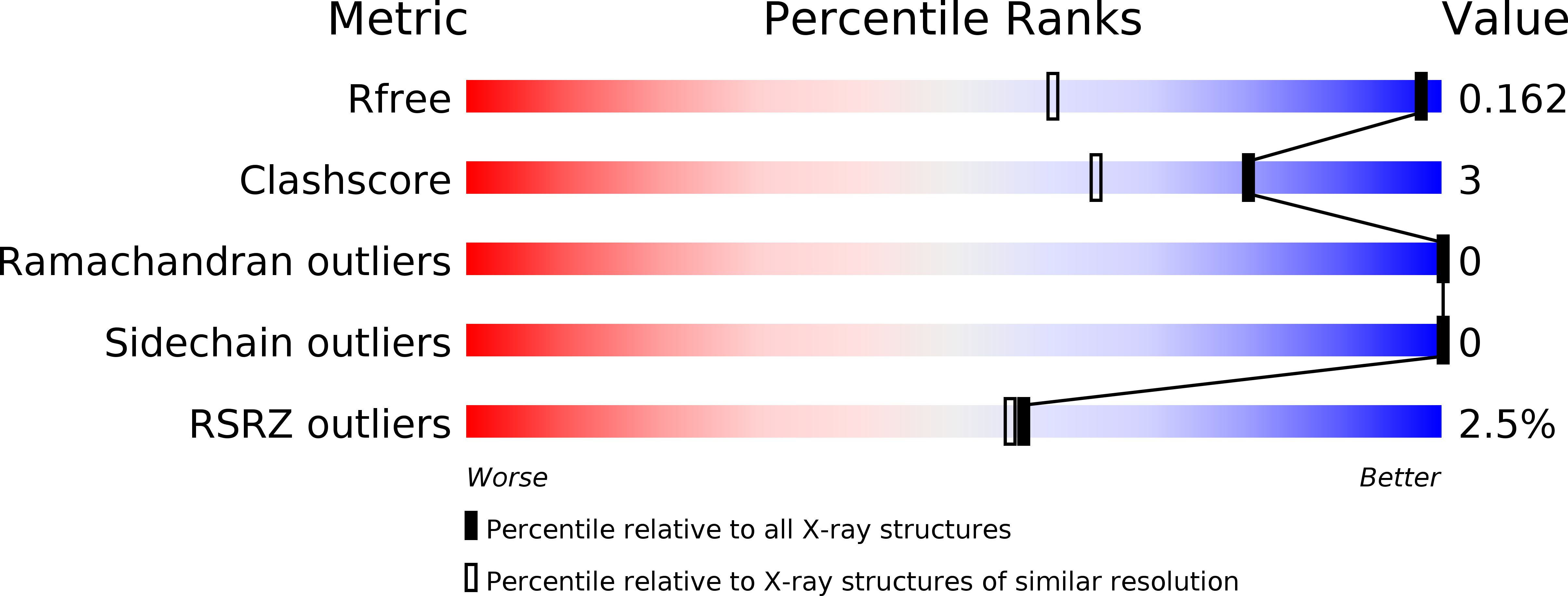
Deposition Date
2012-02-20
Release Date
2013-03-13
Last Version Date
2024-11-27
Entry Detail
PDB ID:
4DT5
Keywords:
Title:
Crystal Structure of Rhagium inquisitor Antifreeze Protein
Biological Source:
Source Organism:
Rhagium inquisitor (Taxon ID: 933255)
Host Organism:
Method Details:
Experimental Method:
Resolution:
1.15 Å
R-Value Free:
0.16
R-Value Work:
0.13
R-Value Observed:
0.13
Space Group:
P 31 2 1


